Rape Culture Myths
Rape culture is a culture in which sexual assault is normalized through the use of misogynistic language, the objectification of bodies, and the trivialization of sexual violence.
1. Men can't be sexually assaulted.
Approximately 1 out of every 10 survivors of sexual assault is male. People of any gender can be sexually assaulted, not just women.1
2. People commit sexual assault because they can't get sex consensually.
Sexual assault is often an opportunistic crime and is more about power and control than it is about the desire for sexual intercourse.2
3. Most sexual assaults are perpetrated by strangers.
Approximately 8 out of every 10 rapes are committed by someone known to the survivor.3
4. Most accusations of sexual assault are false, because people want revenge or attention.
False accusations of sexual assault do not occur often. False reporting of sexual assault is estimated at 2 percent to 8 percent, which parallels false reporting of all other violent crimes. When false reports are made it is often due to some serious, underlying issue, such as psychological problems or fear for safety.4
5. They were asking to be sexually assaulted by wearing suggestive clothing or flirting.
Clothing or behavior do not necessarily imply consent or desire for sexual contact.5
6. If you have sex with someone once, you can't be sexually assaulted by them.
Consent can be given or taken away at any time, regardless of whether you or your sexual partner(s) has/have given consent before. Sexual assault can occur in any type of relationship (casual, dating, intimate, domestic, etc.) and can affect sex workers.6
7. It is not sexual assault unless the rapist used physical force and the survivor physically struggled.
Sexual assault is not always physically violent. Perpetrators often use threats or coercion to rape. Many survivors experience tonic immobility and freeze during the assault or do not fight back out of fear of greater bodily harm.7
8. Most perpetrators use “date rape drugs” to facilitate sexual assault.
Few survivors of sexual assault test positive for “date rape drugs” such as rohypnol and GHB. The most common “date rape drug” is actually alcohol as approximately half of sexual assaults involve alcohol.8
9. There is nothing we can do to prevent sexual assault.
Bystanders can intervene to help prevent sexual assault in risky situations. Learn more here. (link to How to Help a Friend).9
10. If they were drinking, they were asking to be raped.
Drinking never implies consent or desire for sexual contact. Alcohol is often used by sexual offenders as a means to take advantage of someone by incapacitating them.5
References
1. Facts: http://www.rapevictimadvocates.org/what-you-need-to-know/myths-and-facts/
2. Rape, Abuse & Incest National Network, 2016: https://www.rainn.org/statistics/victims-sexual-violence
Statistics
How often does sexual assault happen?
In the United States:
every 98 sec.
an American is sexually assaulted, on average. (10)
321,500
people ages 12 and older are sexually assaulted each year, approximately. (10)
In Utah:
54,742
sexual assaults were estimated in 2011. (11)
At the University of Utah:
11%
of students report experiencing attempted or completed sexual assault since coming to the university. (12)
Who does sexual assault affect?
Anyone can experience sexual assault. However, many statistics on sexual assault are centered on cis-women. While statistics may ignore the experiences of many marginalized groups, every experience is legitimate. Marginalized populations, such as refugees, people of color, people with disabilities and others are often at increased risk of victimization. Below are statistics on some high risk groups.
In the United States:
People ages 18 to 34 are at the highest risk of sexual assault. (13)

of adult survivors are female. (14*)
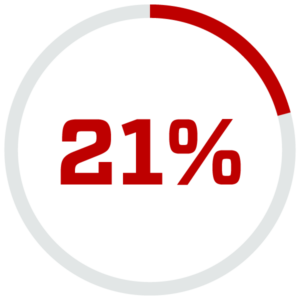
of TGQN (transgender, genderqueer, non-conforming) college students are sexually assaulted. (15)
Report being raped in their lifetime. (16)
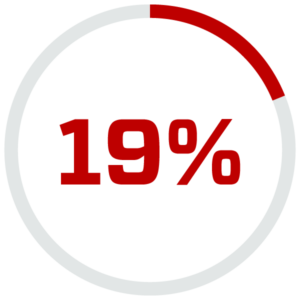
of African-American women
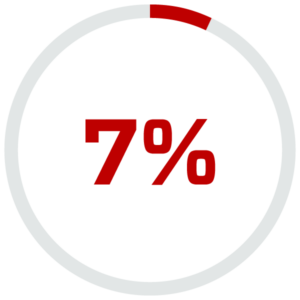
of Asian/Pacific women
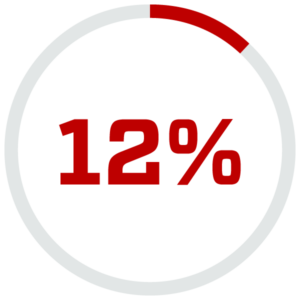
of Hispanic white women
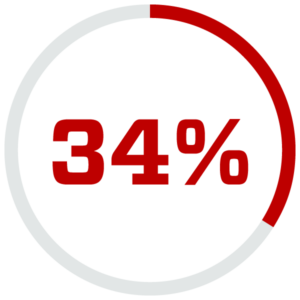
of Native American/Alaskan Indian women
LGB men and women experience higher rates of intimate partner violence than heterosexual men and women. (17)
In Utah:
1 in 3 women
an American is sexually assaulted, on average. (10)
At the University of Utah:
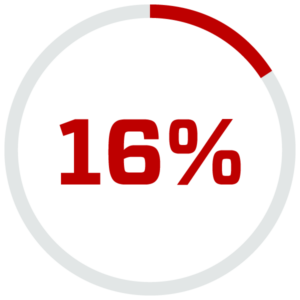
(16.4%) of female students
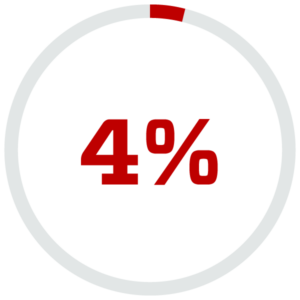
(3.8%) of male students
Who perpetrates sexual assault?
In the United States:
Are committed by someone known to the survivor: (10)
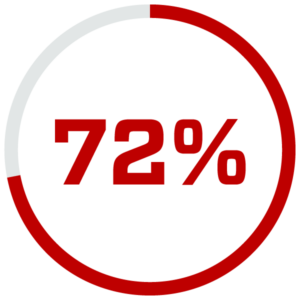
of rapes
In Utah:
Are committed by someone known to the survivor: (18)
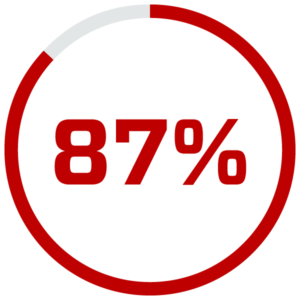
of sexual assaults
At the University of Utah:
Are committed by someone known to the survivor: (12)
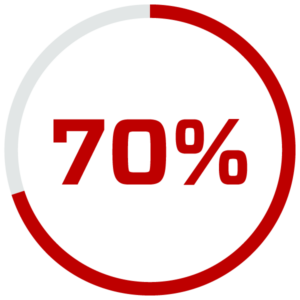
of attacks
At the University of Utah, students stated that their attacker was:
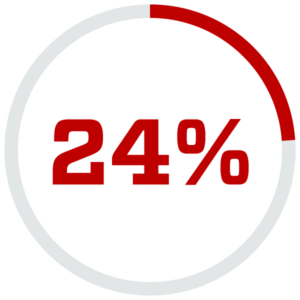
An acquaintance or hook-up
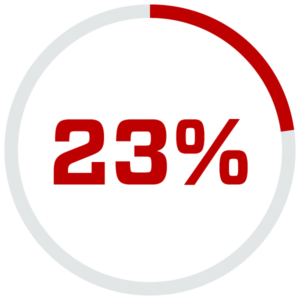
A friend (22.6%)

An ex-romantic partner or current partner (18.6%)
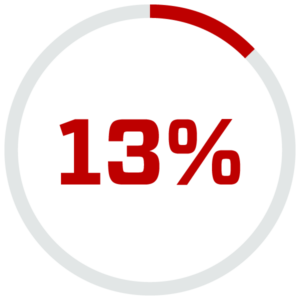
Another type of acquaintance or preferred not to respond (12.9%)
Where does sexual assault occur?
In the United States:
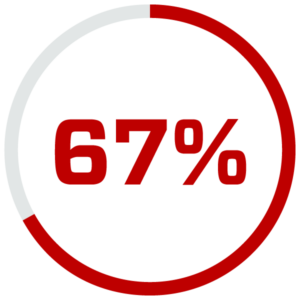
at or near the home of the survivor or the home of a relative. (1)
How many sexual assaults are reported?
In the United States:

of sexual assaults are reported to the police. (10*)

of female college students choose to report. (19)
In Utah:
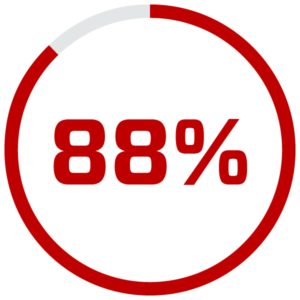
of rapes are never reported to law enforcement. (18)
Why do people not report assaults?
In the United States:
-
20% of female survivors stated that they feared reprisal. (1*)
-
62 to 78% of college student survivors did not believe it is serious enough to report. (15)
-
14 to 36% of college student survivors feared negative social consequences. (15)
-
31% of female college students did not think anything would be done. (15*)
In Utah:
-
52% of survivors reported that they were extremely concerned about their families finding out about the incident. (18)
-
46% of survivors reported that they were simply too young to understand what had occurred. (18)
-
38% of survivors reported that the incident was just too embarrassing to report to law enforcement. (18)
-
36% of survivors reported that the incident was too minor and did not amount to a crime. (18)
-
27% of survivors reported fear of retaliation by the offender. (18)
-
25% of survivors reported belief that there was nothing the police could do. (18)
-
18% of survivors reported that they did not think that they would be believed by the police. (18)
At the University of Utah:
-
57% of student survivors did not believe a sexual assault was serious enough to talk about. (12)
-
52% of student survivors believed it is a private matter or they wanted to deal with it on their own. (12)
-
43% of student survivors stated that they had experienced emotions of shame or embarrassment. (12)
-
41% of student survivors stated they wanted to forget what happened. (12)
It is important to understand that many marginalized populations may feel that reporting sexual assault to law enforcement is unsafe or ineffective, which significantly decreases reporting rates.
How does bystander intervention help?
In the United States:
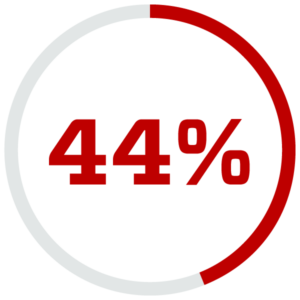
less likely for a completed rape to occur with the presence of a bystander. (3)
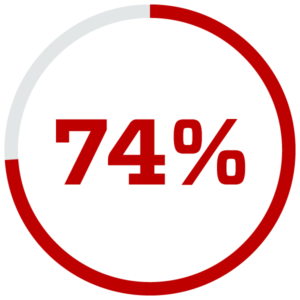
of college men would intervene to prevent a sexual assault, according to surveys on college campuses. (20)
More Information on Sexual Assault Statistics
Costs of Sexual Violence in Utah
References
- Department of Justice, Office of Justice Programs, Bureau of Justice Statistics, Female Victims of Sexual Violence, 1994-2010 (2013)
- Groth, A., Burgess, W., & Holmstrom, L. (1977) Rape: Power, anger, and sexuality. American Journal of Psychiatry, 134(11), 1239-43
- U.S. Department of Justice, Office of Justice Programs, National Institute of Justice, Victim costs and consequences: A new look, (1996)
- Lonsway, K., Archambault, J., & Lisak, D. (2009). False Reports: Moving Beyond the Issue to Successfully Investigate and Prosecute NonStranger Sexual Assault. The Voice, 3(1).
- The National Child Traumatic Stress Network: The Truth About Sexual Abuse (2010)
- Centers for Disease Control and Prevention. National Intimate Partner and Sexual Violence Survey. (2011).
- TeBockhorst, S., O’Halloran, M., & Nyline, B. (2014). Tonic Immobility Among Survivors of Sexual Assault. Psychological Trauma: Theory, Research, Practice, and Policy, 7(2). 171-178
- RAINN, Drug-Facilitated Sexual Assault, 2016
- RAINN, Your Role In Preventing Sexual Assault, 2016.
- Department of Justice, Office of Justice Programs, Bureau of Justice Statistics, National Crime Victimization Survey, 2010-2014 (2015).
- Utah Department of Health Violence and Injury Prevention Program, Utah Coalition Against Sexual Assault, Costs of Sexual Violence in Utah (2015)
- University of Utah Assessment, Evaluation & Research, Campus Climate Survey 2016 (2016)
- Department of Justice, Office of Justice Programs, Bureau of Justice Statistics, Sex Offenses and Offenders (1997)
- Department of Justice, Office of Justice Programs, Bureau of Justice Statistics, Sexual Assault of Young Children as Reported to Law Enforcement (2000)
- Cantor, D. et. al. Association of American Universities (AAU), Report on the AAU Campus Climate Survey on Sexual Assault and Sexual Misconduct (September 21, 2015)
- USDOJ, OJP, “Extent, Nature, and Consequences of Intimate Partner Violence: Findings From the National Violence Against Women Survey.” 2006
- "Bystander Intervention - Women and Gender Advocacy Center." Bystander Intervention - Women and Gender Advocacy Center. 2017.
- Utah Commission on Criminal and Juvenile Justice, Rape in Utah 2007: A Survey of Utah Women (2008)
- Department of Justice, Office of Justice Programs, Bureau of Justice Statistics, Rape and Sexual Victimization Among College-Aged Females, 1995-2013 (2014).
- The National Intimate Partner and Sexual Violence Survey 2010 Findings on Victimization by Sexual Orientation
*Only rates for undefined “male” and “female” categories were published in these reports
